Join the author, Néstor T. Carbonell, as he shares a critical analysis of the Castro-Communist regime and explores the challenges and opportunities that will likely arise when freedom finally dawns in Cuba.
CHAPTER 7: The Battle of the OAS and the Mongoose Plots (Mid-1961- Early 1962)
That’s the issue I faced when the Cuban Revolutionary Council appointed me as its special representative to the OAS. My mission was clear: overcome the opposition of the self-styled “Big Powers” of Latin America to any Castro sanctions, knowing that Washington was reluctant to weigh in and counter their resistance.
We needed a strong Latin American leader who would reject appeasement and champion our cause. That leader, we believed, was the democratically elected president of Peru Manuel Prado, who came from a distinguished family of statesmen who had supported Cuba in its wars of independence against Spain. He was well aware of the threat posed by Castro-Communism and had severed diplomatic relations with Cuba. I met him in September at the airport in Miami, on his way to Washington on a state visit, and handed him a personal letter from my grandfather Cortina, who had honored him in Havana years back. Attached to the letter was a brief outline of our position, calling for collective action against the Castro regime under the Rio Treaty and recognition of our belligerence.
Prado was very warm and receptive and needed no prodding. He went to Capitol Hill and stated before a joint session of Congress: “The moment is of utmost gravity. Grave moments call for grave decisions— bold action, courage, and faith. … Communism is the negation of the Americas, of its traditions and of its mission in the future. It must be expelled from the Americas.”
The White House and the State Department were uneasy with Prado’s hard line. They cautioned him not to recognize a Cuban government-in-exile or press for collective action against Castro since that could split the OAS. Prado was not dissuaded by Washington‘s wait-and-see attitude and instructed his OAS ambassador, Juan Bautista de Lavalle, to file a formal petition to start the process to indict Castro.
To secure as much support as possible for the Peruvian petition, I met with most of the OAS ambassadors. Even though I did not represent an established government and, at age twenty-five, did not have the gravitas or experience of a seasoned diplomat, my surnames helped to open doors since many of the ambassadors had met or heard of my forebears. I also drew on the experience and contacts of two former Cuban ambassadors to Washington and the United Nations, Dr. Guillermo Belt and Dr. Emilio Núñez-Portuondo, and joined forces with the representatives of other anti-Castro groups in Washington and Miami.
We put together a solid bloc of countries buffeted by Castro-Communist subversion (Guatemala, Honduras, El Salvador, Nicaragua, Costa Rica, Panama, and Venezuela), but it was not enough to activate Peru’s motion. To break the impasse, we convinced the Peruvian ambassador to merge his initiative with Colombia’s anti-Castro proposal, which carried the added weight of its president, Alberto Lleras-Camargo, an illustrious statesman who was the first secretary-general of the OAS. Another plus was Colombia’s foreign minister, Jose Joaquin Caicedo-Castilla, a renowned jurist and foremost authority on OAS affairs.
In an unprecedented move, the Inter-American Peace Committee of the OAS, which was laying the groundwork for the possible indictment of the Castro regime, invited us and two other anti-Castro organizations to appear before its members and present evidence of Cuba’s violations of human rights, interventions in the internal affairs of other countries, and subservience to the Soviet bloc.
Our file was replete with incriminating facts, but what really bolstered our case was the unexpected testimony of Fidel Castro himself. In his stunning speech in Havana on December 1,1961, he claimed that he had been a Marxist-Leninist since his student days and that he had concealed his ideology to enlist the support of the Cuban people and take power. He climaxed his speech with a defiant cry: “I am a Marxist-Leninist, and I will be a Marxist-Leninist until the last days of my life.”
Castro’s cynical confession did not change the appeasers’ stance against holding an OAS Meeting of Foreign Ministers under the Rio Treaty, which could judge and condemn the Castro regime. But it did tilt to our side the position of the ambassador of Uruguay, Carlos Clulow. Although he was instructed by his neutralist government to abstain, he followed the dictates of his conscience. He cast the critical vote in favor of the Meeting of Foreign Ministers and then resigned.
When I went to see the ambassador to thank him for his support, he greeted me with open arms and said, “I receive you as the legitimate representative of the Cuban people, betrayed by Castro and oppressed by communism.” Apart from those kind words, he gave me a letter of introduction addressed to Uruguay’s foreign minister Homero Martínez. “Since Uruguay will be hosting the Conference of Foreign Ministers on Cuba,” he added, “this letter might be useful to you.” It certainly was.
I attended as an observer the OAS conference (Eighth Meeting of Consultation) held in Punta del Este, Uruguay, on January 22-31, 1962, along with Miró-Cardona and a few other exile leaders and activists. My task was to help secure the votes necessary to condemn and sanction the Castro regime.
The US delegation, headed by Secretary Dean Rusk, focused on a resolution declaring that Cuba’s Marxist-Leninist regime was incompatible with the Inter-American System. Rusk was satisfied because it was unanimously approved. We were not, because it was toothless. It didn’t sanction the Castro regime or stop Brazil and other doves from attempting to grant Communist Cuba a “special statute”—a pass to be left alone for the sake of peaceful coexistence.
The hawks, headed by Colombia, supported our demand for something stronger—at least to expel the Castro regime from the OAS and deprive it of all the attendant protections and prerogatives. We were, however, short one vote to garner the supermajority (two-thirds) required to pass the resolution. Uruguay’s uncommitted vote was again pivotal.
Carrying Clulow’s letter of introduction, I managed to meet Uruguay’s foreign minister Homero Martínez, a short but upright former naval officer. The dialogue was brief and tense because the minister was facing a crisis of confidence that could well force him to resign. He told me that he would be pleased to see Miró-Cardona and me if the crisis was resolved. It was, and he kept his word.
Arrangements were made for a meeting shrouded in secrecy. To our surprise, the venue finally selected by the minister was my tiny bedroom at the Hotel Lancaster in Montevideo—so tiny that it had only one chair, which was, of course, ceded to our guest. Miró-Cardona and I sat on my bed.
The minister came alone, carrying the memorandum I had handed him earlier. He agreed that the Castro-Communist regime posed a threat to the hemisphere and indicated that he was prepared to back our position since we were calling for collective (not US unilateral) action under the Rio Treaty as a prelude to liberation. He told us that we could count on his support, but he asked us to meet with two powerful members of his government to reinforce his stance and provide political cover. The mission was accomplished, and with the backing of another Cuban exile leader, Luis Conte Agüero, who gave a rousing speech at the influential Ateneo forum in Montevideo, we were able to clinch the decisive vote of Uruguay.
Crunch time came to decide: sanction or no sanction against the Castro regime. Secretary Dean Rusk devoted most of his speech to extolling the Alliance for Progress. He did not endorse the severance of diplomatic and economic relations with Cuba because that would have created a schism within the OAS, we were told. He supported the expulsion of the Castro regime from the Inter-American System (labeled “exclusion” to be politically correct) but recommended to defer execution pending confirmation by the OAS council that the ministers were empowered to adopt such a measure. Since the Colombian foreign minister Caicedo-Castilla, leader of the hard-liners, felt that Rusk’s proposal was unnecessarily dilatory, indeed a cop-out to satisfy the doves, the United States delegation put a lot of pressure on him to relent. As requested by Rusk, Kennedy asked Colombia’s president Lleras Camargo to impress upon Caicedo-Castilla the need for more flexibility.
I saw Caicedo-Castilla as he left one of his private meetings with Rusk and his aides. He looked tired but composed. When I asked him how things were going, he discreetly pointed toward the US diplomats leaving the meeting rooms and said with a placid smile, “They leave me alone; they leave me alone. But I am made of iron.” And thanks mainly to this “Iron Chancellor,” as he was called at the conference, we managed to line up the two-thirds majority of fourteen (including Rusk’s last-minute assenting vote) to condemn and expel the Castro regime from the OAS as a pariah and threat to the Americas.
In addition, a resolution was adopted urging the member states “to take those steps that they may consider appropriate for their individual or collective self-defense and … to counteract threats or acts of aggression, subversion or other dangers to peace and security resulting from the continued intervention in this Hemisphere of the Sino-Soviet powers.”
Buoyed by the results achieved at the conference, Miró-Cardona and I left Punta del Este with renewed energy to forge ahead. We had defeated the advocates of coexistence with Castro and had secured a platform that legitimized self-defense against the danger posed by the Soviet-backed, heavily armed, and unabatedly subversive Cuban regime. But our enthusiasm was tempered by the fact that we still had to persuade Washington to act before the threat escalated and turned into a dreadful international confrontation.
Operation Mongoose
(January-March 1962)
Unbeknown to the council, on January 19,1962, Robert Kennedy held a meeting with US government officials from several agencies (members of an augmented Cuba task force) to impart a sense of urgency to a program code-named Operation Mongoose authorized by the president on November 3, 1961. The attorney general vehemently stated that a solution to the Cuban problem today carried “the top priority in the United States Government. All else is secondary—no time, money, effort, or manpower is to be spared.” He echoed the president’s comment that “the final chapter on Cuba has not been written” and emphatically added, “It’s got to be done and will be done.”
The president’s idea behind Mongoose, as expressed by him at a November 3,1961, meeting and summarized in writing by the attorney general, was to “stir things up on the island with espionage, sabotage, [and] general disorder, run and operated by Cubans themselves with every group but Batistaites and Communists. Do not know if we will be successful in overthrowing Castro, but we have nothing to lose in our estimate.”
Overall control of the operation was entrusted to a Special Group (Augmented) with senior representatives of key agencies, including CIA, Defense, and State. General Edward Lansdale, experienced in counterinsurgency in the Philippines and Vietnam, was appointed chief of operations overseeing CIA implementation, and General Maxwell Taylor was designated chairman of the group.
The real “chief executive,” however, who carried no official title but in fact steered Mongoose with the full backing of the president, was Attorney General Robert Kennedy. An operational force of some four hundred CIA agents headquartered in Miami, perhaps the largest of its kind at the time, was allocated to Mongoose.
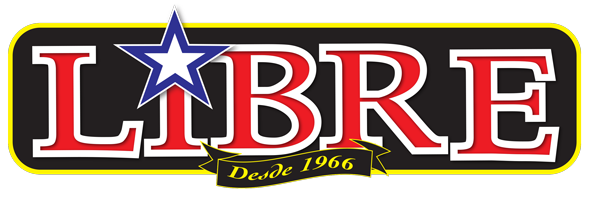
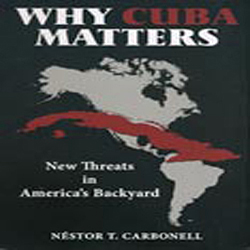



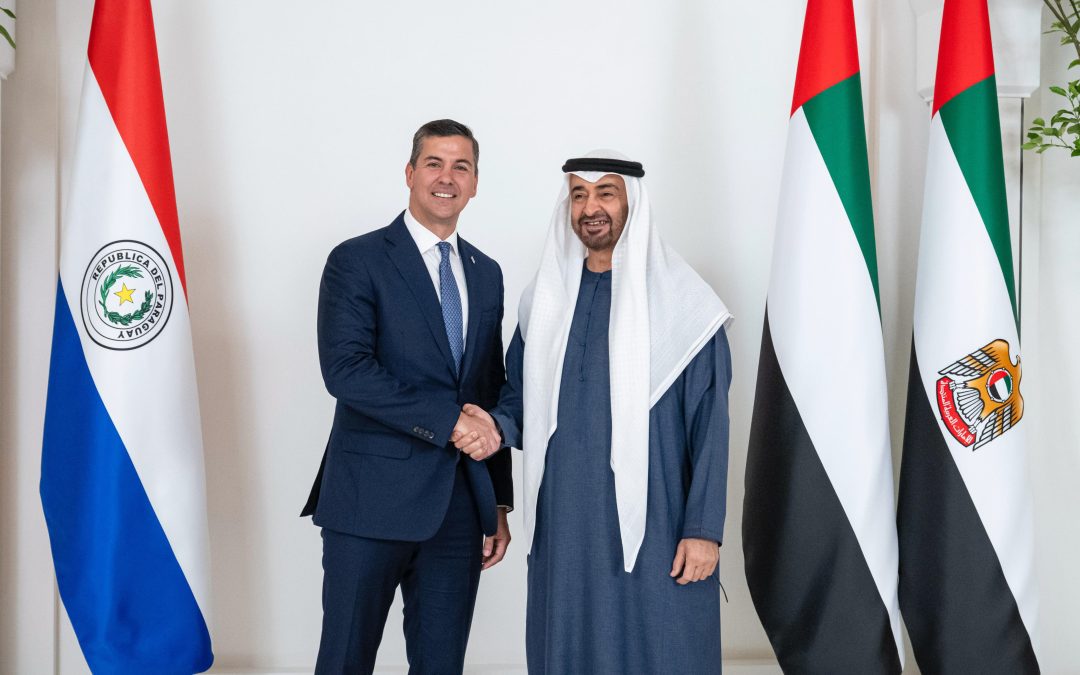

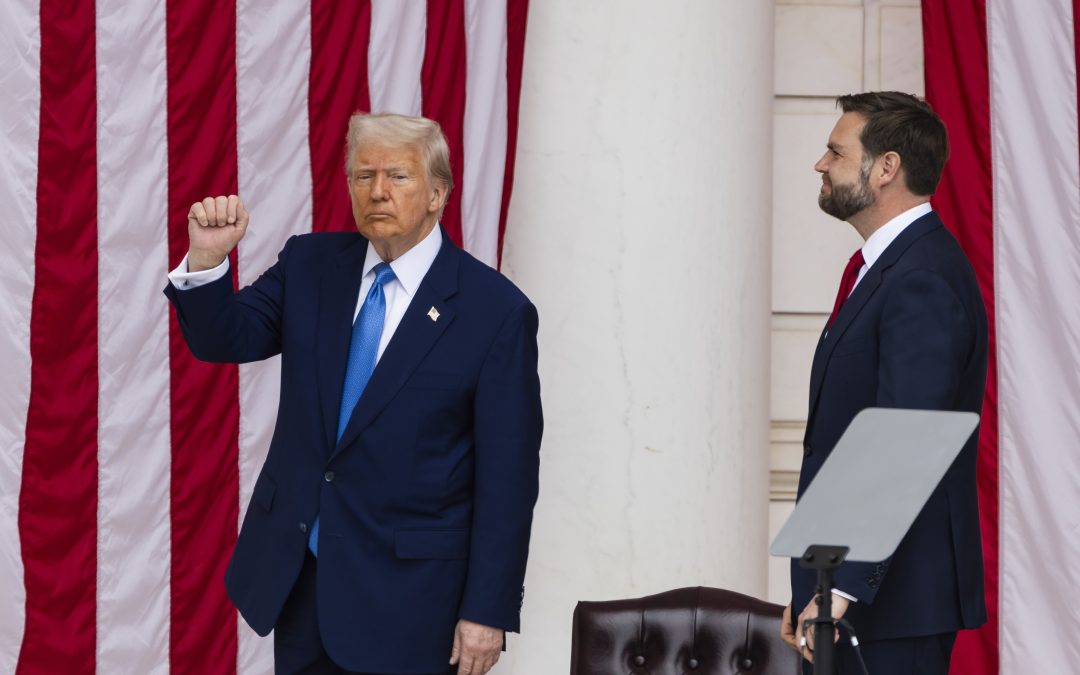


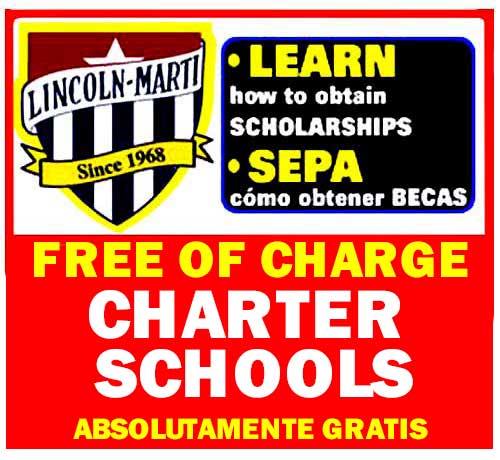
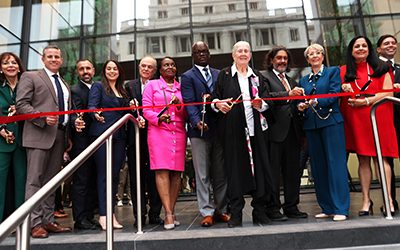
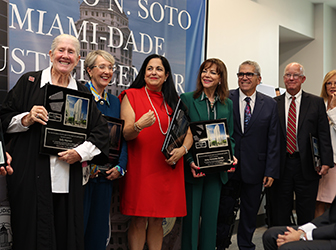
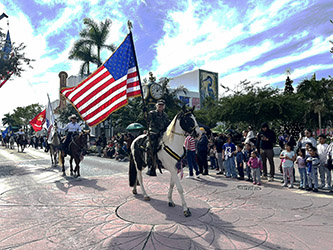
0 comentarios